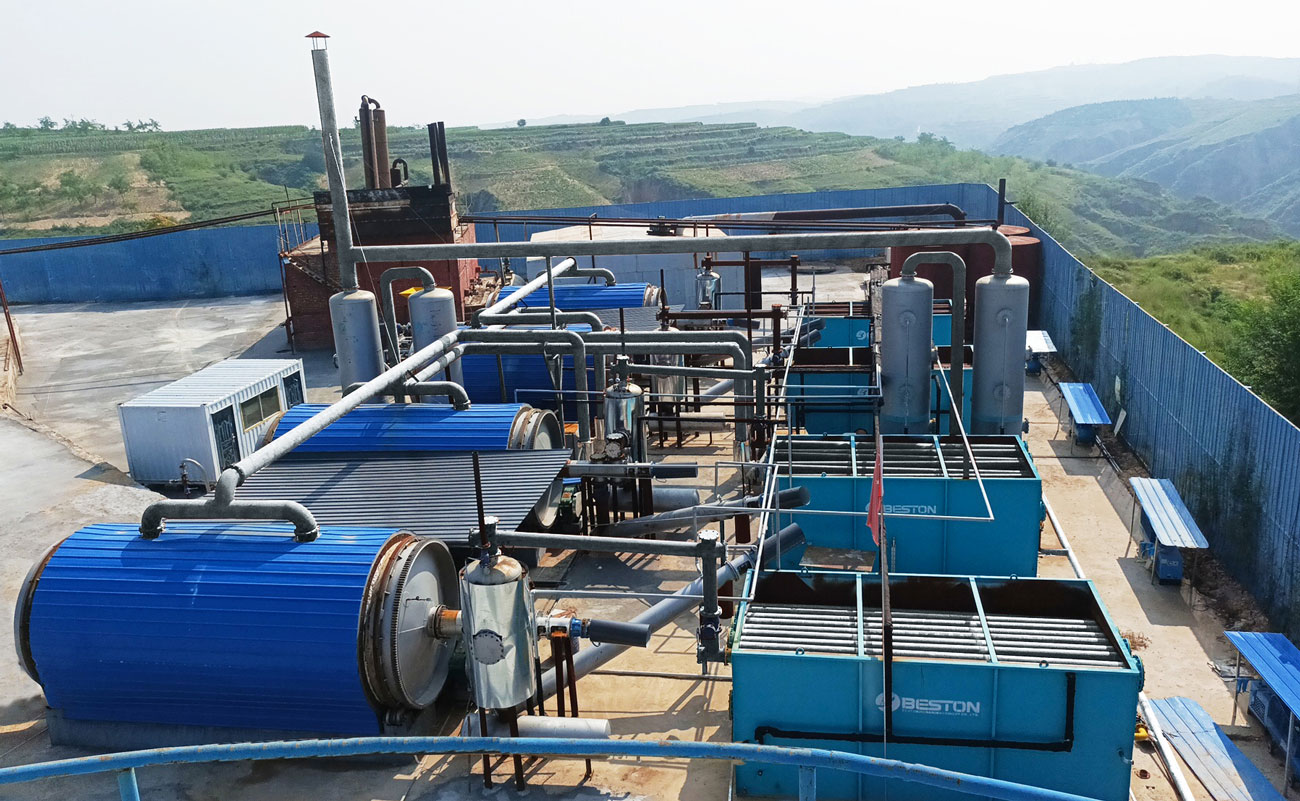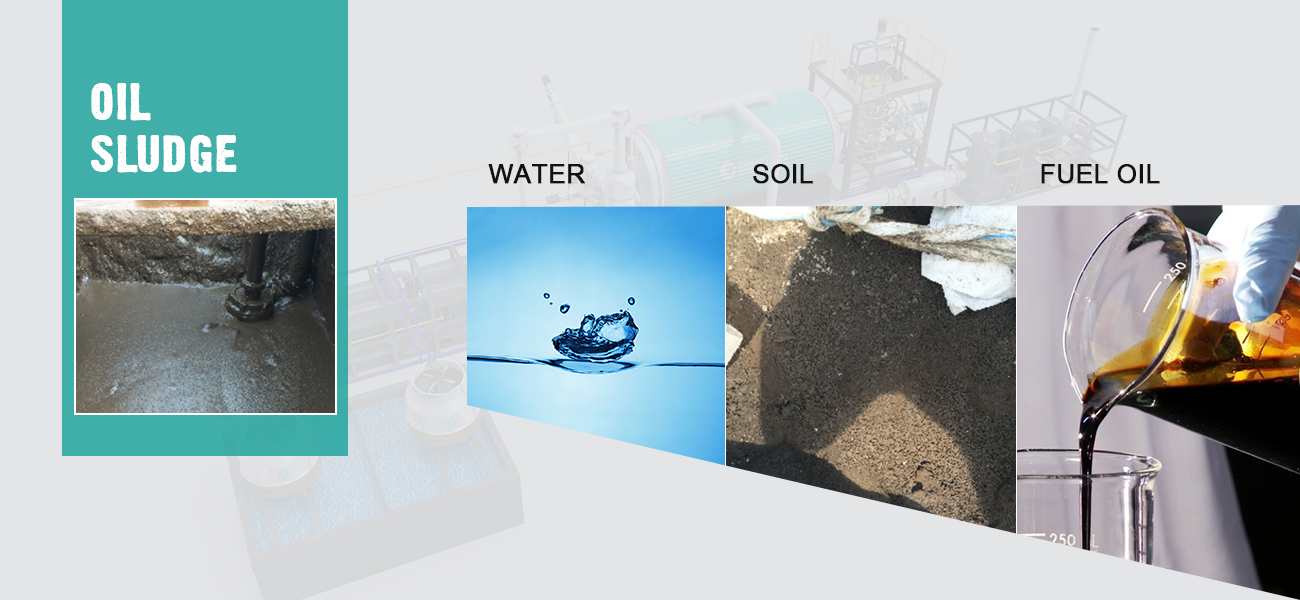Thermal desorption equipment, also known as Thermal Desorption Units (TDUs) is specialized equipment that uses heat for removing contaminants from different types of materials. The contaminated materials are placed in the thermal desorption unit for sale where heat is applied at a very high temperature. The process is designed to vaporize contaminants, which leaves the material dry and clean.
During these processes, the contaminated materials are indirectly heated using a slow-turning drum that has heat exposed from the outside (the outer shell). The vaporized contaminants separate from the solids present in the sludge, which results in end products that are disposed of cost-effectively and easily.

What Is Thermal Desorption?
The process known as Thermal Desorption is a type of reclamation process. This process separates contaminants also known as hydrocarbons present in different materials. The process utilizes high heat for reclaiming end products such as oil from materials using non-incineration and non-contact technology. The process of Thermal Desorption is frequently used for processing “organic materials”. The common types include oil-bearing materials which are usually sourced from refineries.
More info about this machine: https://bestonasia.com/waste-plastic-pyrolysis-plant/.
How Does The Process Work?
When contaminated materials are exposed to heat, the materials (with low boiling points) change from a solid state into vapor. The vapor is then collected for treatment in something known as an off-gas treatment unit. When the wastes are removed, the materials can then be recycled or repurposed (without any problems of contamination).

Primary Process of This Equipment
Feed Hopper To The Primary Treatment Unit
The contaminated materials are transferred into a feed hopper that is mounted to the pugmill of the PTU (Primary Treatment Unit).
During this phase, hydrocarbon-contaminated materials go into a feed hopper. From here the feed will exit the bottom feed where it travels via a transfer-screw conveyor to the gate airlock double-knife valves. The airlocks stop the outside air from entering the chamber. This allows the materials to enter an environment that is oxygen deficient.
PTU And Rotary Kiln
The PTU(pyrolysis reactor) is the heat zone, which includes am indirect-fired rotary kiln made from stainless-steel that includes a combustion chamber. The heat is applied to the outside of the drum which maintains the integrity of the feed. Heat transfers to the feed material through conduction. The operating temperatures of these drums are up to 510°C (950°F).
As the feed heats up, hydrocarbons are devitalized, where they are extracted from the system.
Vapors And Quench Scrubber
The vapor extracted from the PTU goes into an oil condenser or high-efficiency quench scrubber that utilizes oil as the “quench liquid”. The quench scrubber operates at a very high temperature where it removes any dust particulate and condenses hydrocarbons (heavier) present in the vapor.
Any vapor that does not condense during this process, is extracted through a knock-out pot into the heat exchanger. This unit features a helical rotary chiller which will reduce the temperature of the vapor to a low temperature.
Fluid (the condensed sludge, water, and oil) in these knock-out pots will then be pumped through oil or water separator filters. The oil that is recovered is cooled and then pumped into a storage tank.
Contact Beston to get this useful machine: https://bestonasia.com/.